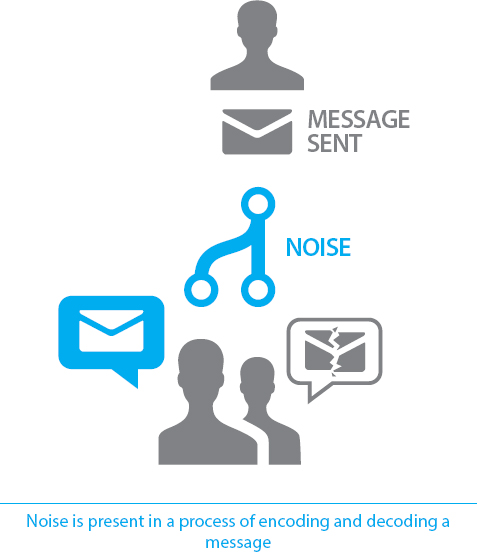CHAPTER 11
UNDERSTANDING THE IMPORTANCE OF COMMUNICATION
When thinking about planning, one of the areas that we most improvise on is communication. More often than not, we consider the act of communicating as something natural and simple, but we end up not dedicating the right amount of time and effort to making sure the information flows effectively.
Communication is one of the areas most prone to different perceptions, cultures, and values. Oftentimes, simple gestures may be obvious to some, but they can be perceived totally differently by others.
Who hasn't ever experienced a situation where he or she was misinterpreted by somebody else?
In order to communicate in an effective way, it is very important to understand your audience and the message that is to be conveyed. We have to understand that a message to the president of the organization about a specific project is different than the message to be told to the project team, which is also different from the message to be distributed to the company in general.
This sounds strange, right?
Could I be possibly suggesting that you say something to a group of people, and another completely different thing to another group? Not at all. Please note that I said “message,” not information. The message is the form that we use to encode the information. The information should be the same to all audiences. What changes is the approach that you use to formulate your message in a way that it makes the understanding easier for those who are about to receive it!
Communicating is much more than talking and hearing, writing and reading. Information and communication are the main supporters to every decision-making process.
Communication always has two sides: who gives information has to do it in a clear and direct way (sender). The one who receives it has to confirm that the message has been received and understood (receiver).
![]()
Remember: it is much easier to write a whole page than just one line. And, as Renato Russo, a Brazilian singer, once said: “We should never say too much, when in fact we don't have anything to say.”
![]()
Internal audience: project team, senior executives, other departments.
External audience: clients, providers, government, and the community. It is important to create messages that are specific to each audience!
![]()
Our current problem is not lack of information, but quite the opposite. This information overload pollutes and makes decision making much harder. Be clear, direct, and concise.
As we exited the elevator, we encounter the sign below.

What is the direction to room 102?
![]()
Data and information are two different things. Data is just something that has been collected but has no value all alone. Example: the task is 2 days late.
![]()
Information is the data after being processed, which later supports decision making. Example: the 2-day delay will bring about a $1,000,000 fine, thus causing the product to be commercially unachievable.
![]()
Everything that might distort the information and that doesn't belong to its content is considered to be a noise (or interference). Noises are created because of culture, values, emotions, judgments, and personalities.
![]()
Every time somebody sends a message (be that a text, chart, or an oral comment during a meeting), he or she uses his or her own noises (culture, values, life experiences, judgments, and personality).
![]()

When somebody receives a message, he or she decodes it according to his or her own noises. If the noises between who sends the information are different from the ones who receives that information, the risks of communication misinterpretation are evident.
![]()

